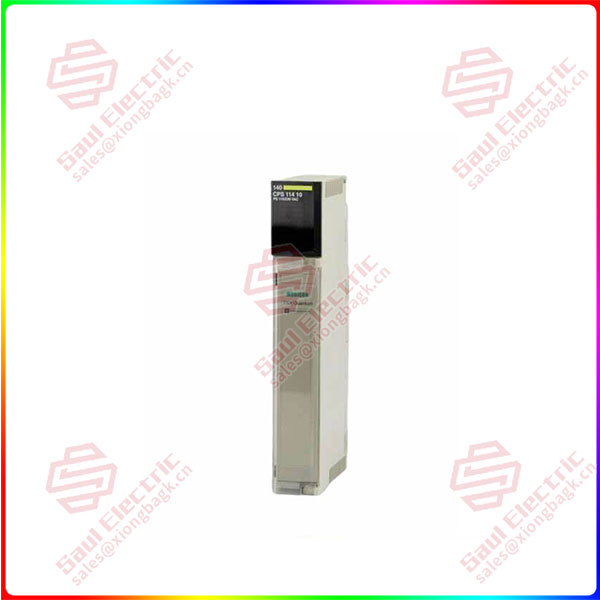1. Multiple industrial agreements coexist
There are many communication protocols used in industry, such as PROFIBUS, Modbus, CAN, HART, EtherCAT, EthernetIP, Modbus/TCP, PROFINET, OPC UA, and a large number of vendor-owned protocols. This situation appears, to a large extent, because of the strong closure and complexity of industrial hardware and software systems.
Imagine in the industrial site, different manufacturers of equipment, using different industrial protocols, to achieve the interconnection of all equipment, the need to analyze the various protocols and data conversion, which is the first problem encountered when the industrial Internet of Things inventory transformation project is carried out – want to solve the “universal brand” equipment data collection, time-consuming and laborious.
If it is a newly built factory, it should consider the requirements of workshop, factory level and cross-regional enterprise-level industrial iot application at the very beginning of the planning stage, and without historical baggage, through the development of standards, Comprehensively evaluate the anti-interference requirements of the electromagnetic environment, data bandwidth requirements, transmission distance, real-time performance, the number of device nodes supported in networking, star or Daisy Chain network topology, late scalability and other factors, select the appropriate technical route, and design the interface between OT and IT, which will greatly reduce the difficulty and workload of data collection.

140CPS11410
2. Time series data
Most of the time, industrial data acquisition is time-stamped, that is, when the data was collected. A large number of industrial data modeling, industrial knowledge components and algorithm components, all use time series data as input data, such as time domain analysis or frequency domain analysis methods, which require the original data to contain time dimension information.
Industrial Internet of Things applications are more and more rich, extended to more scenarios, such as indoor positioning began to explore applications in smart warehousing, unmanned chemical plants, whether based on time or based on the received power intensity of the positioning method, the positioning engine requires the signal with a time label in order to complete the positioning calculation, to ensure the accuracy and traceability of temporal and spatial information.
When building the industrial Internet of Things platform, it should be combined with the characteristics of time series data, and make targeted considerations in data transmission, storage, and analysis. For example, Time Series DataBase (TSDB) is designed and optimized from the time dimension, and the data is organized and managed chronologically.
Figure 3-1 shows a typical time series data stored in a relational database. When the data scale increases sharply, the processing capacity of the relational database becomes tight, and a database with better performance is needed. There is a big difference between industrial data, which is usually structured, and Internet data, which is dominated by unstructured data.
 1 Year Warranty
1 Year Warranty





